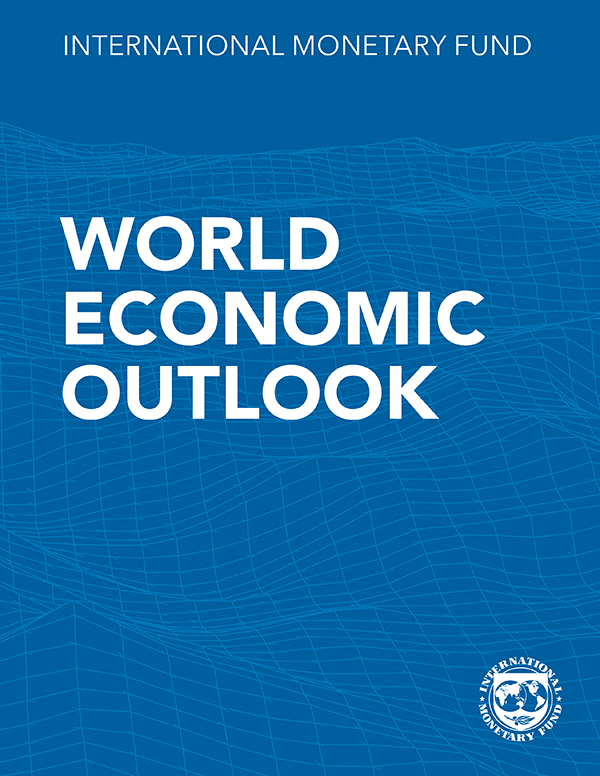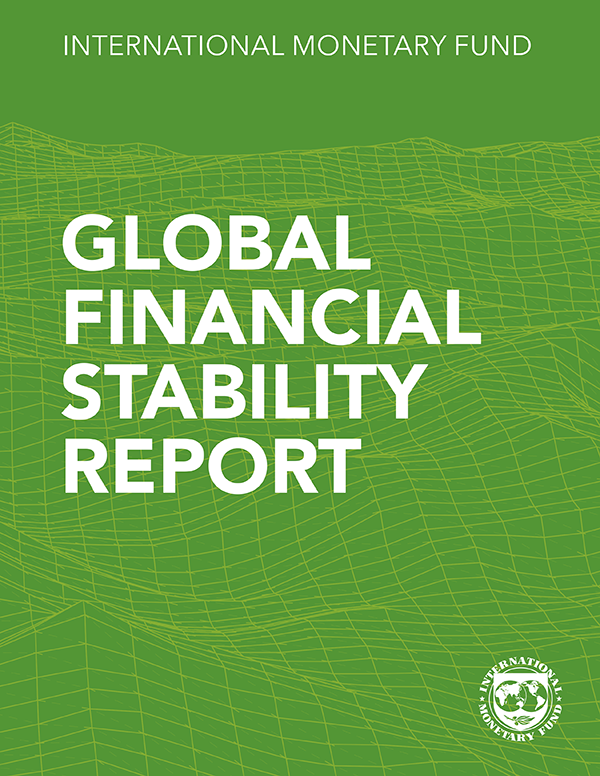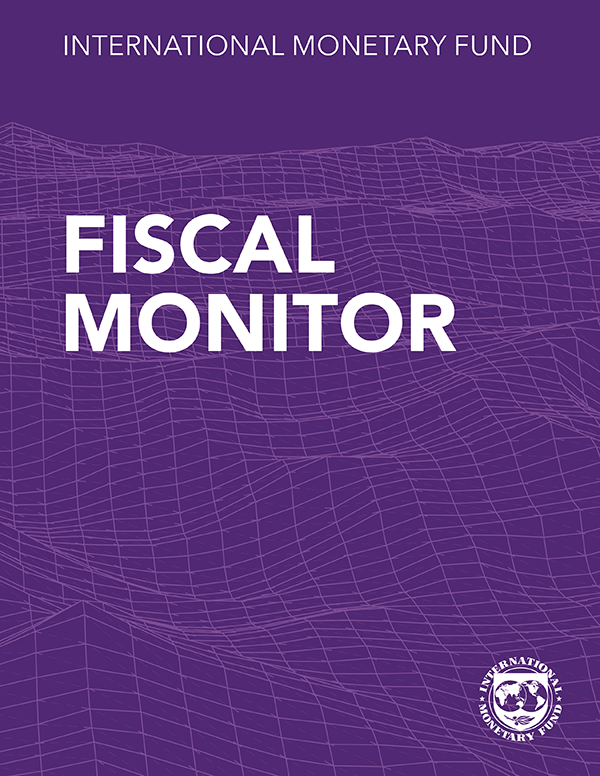The continent simultaneously grapples with firmly bending the inflation curve now while securing strong and green growth in the medium term.
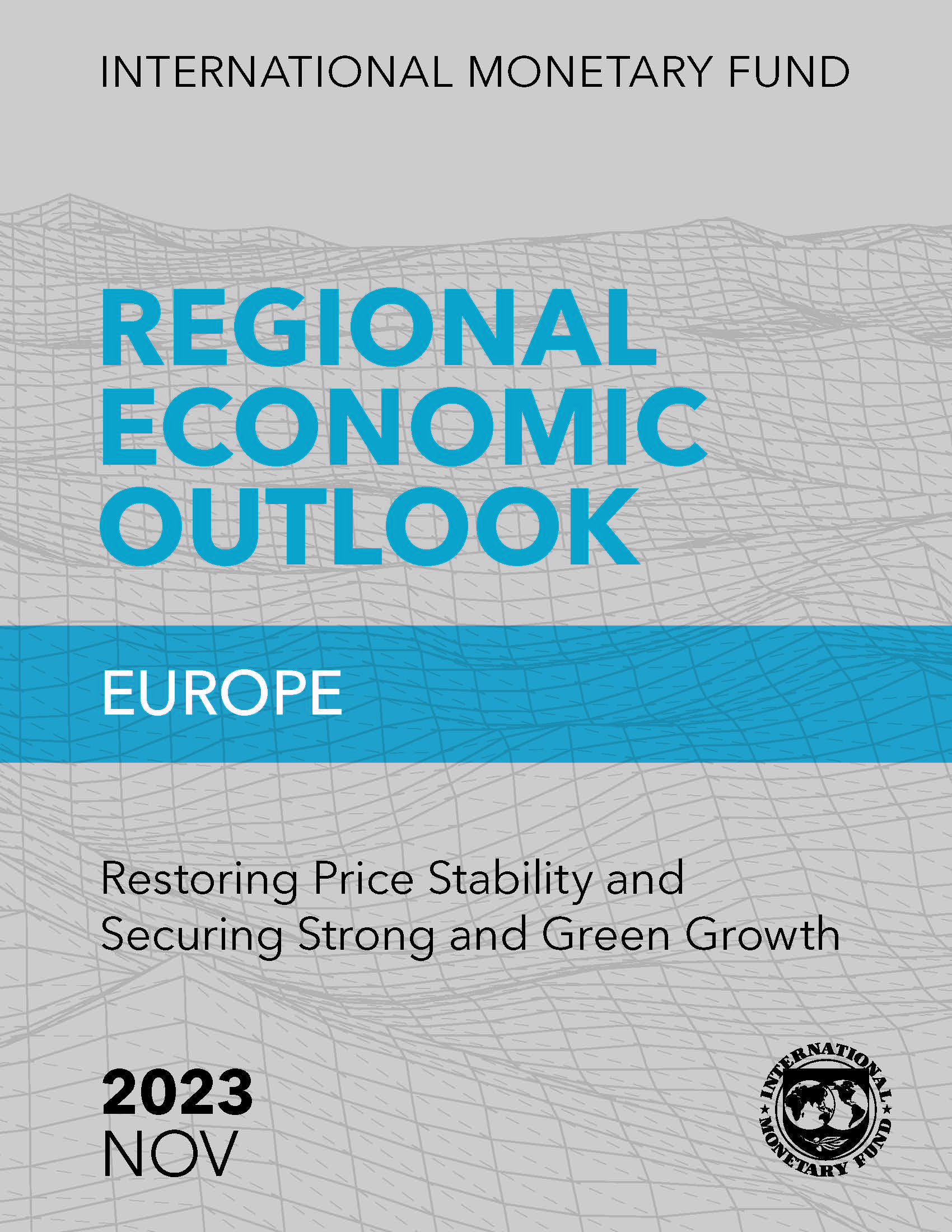

Chapter 1: Restoring Price Stability and Securing Strong and Green Growth
Europe is at a turning point. The continent simultaneously grapples with firmly bending the inflation curve now while securing strong and green growth in the medium term. To ensure a smooth return to price stability, the near-term policy mix should remain restrictive while structural policies need to tackle supply constraints and obstacles to economic dynamism.
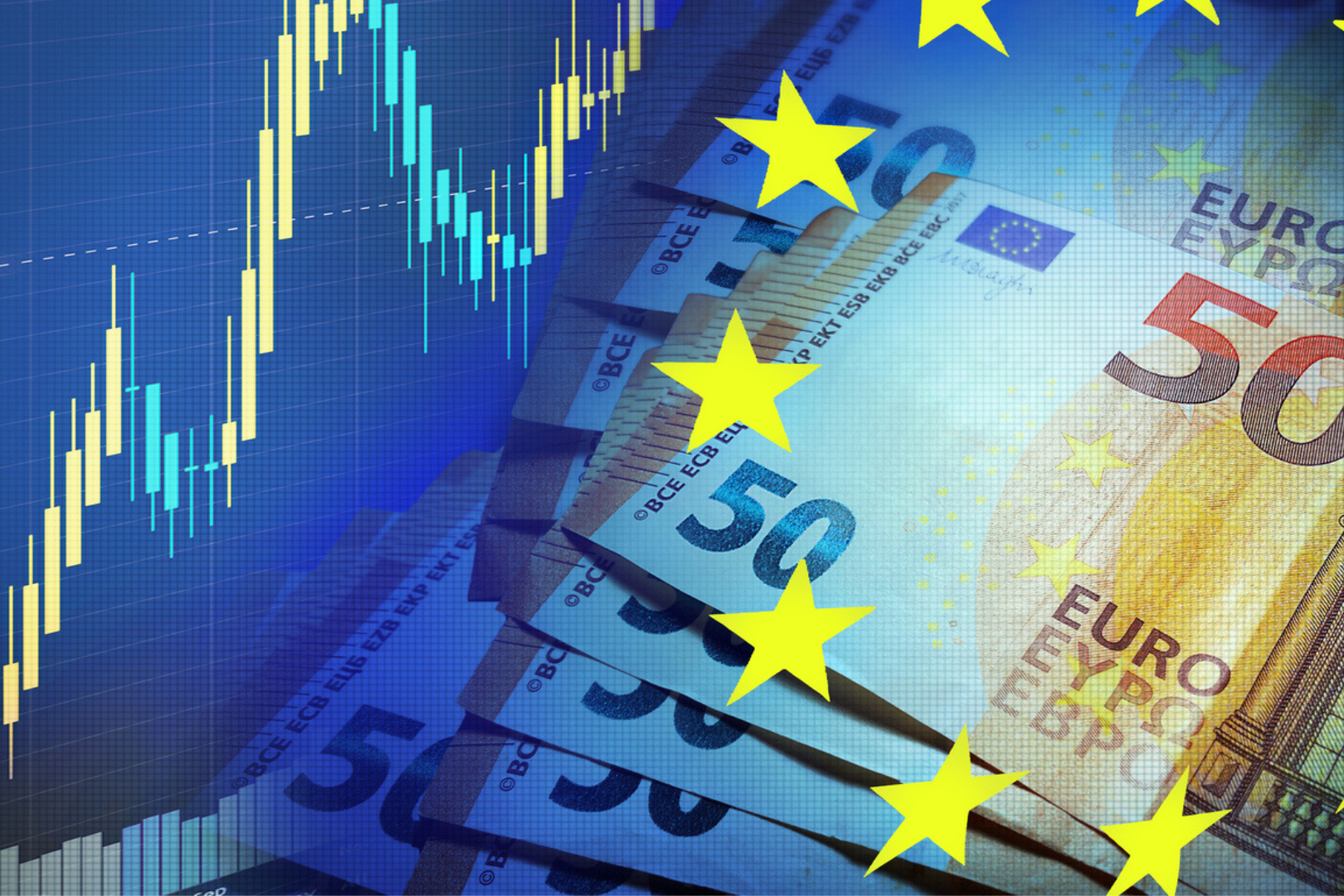
Chapter 2: Wage Dynamics in Europe: Are Labor Markets Heralding More Inflation?
Wages and prices have been growing rapidly across Europe. This chapter evaluates the reasons behind recent wage and price dynamics, based on an in-depth analysis of the state of labor markets. Prior to the recent inflationary period, wages in Europe moved broadly in line with productivity growth and inflation expectations. However, wage growth in Central Eastern and Southeastern European Economies surged as inflation took off, representing second-round effects from higher energy and food prices. Advanced-economy wages have grown less fast but started to catch up with past inflation. Going forward, there is a sizable risk of higher-than-expected wage growth delaying the return of inflation to targets compared to the baseline. Given these inflation risks, monetary and fiscal policies should remain tight and avoid easing prematurely. Structural policies should focus on increasing labor productivity and labor supply.

Europe Must Succeed in Restoring Price Stability
So far so good. These words are probably a fair assessment of Europe’s progress thus far in its struggle against inflation. Policy interest rates have been raised resolutely, central banks have signaled commitment to keeping them high for as long as necessary, and inflation is down sharply from the double-digit highs of last year.
Underlying inflation, however, is proving more stubborn than headline inflation, which includes energy, food, and other more volatile items. Bringing it back to target, durably, remains a matter of urgency. Entrenched high inflation is distortionary. Moreover, prolonged inflation means prolonged high real interest rates, which would hurt private and public investment and therefore future growth.
Publications

-
June 2024
Finance & Development
- An IMF for Tomorrow

-
September 2023
Annual Report
- Committed to Collaboration
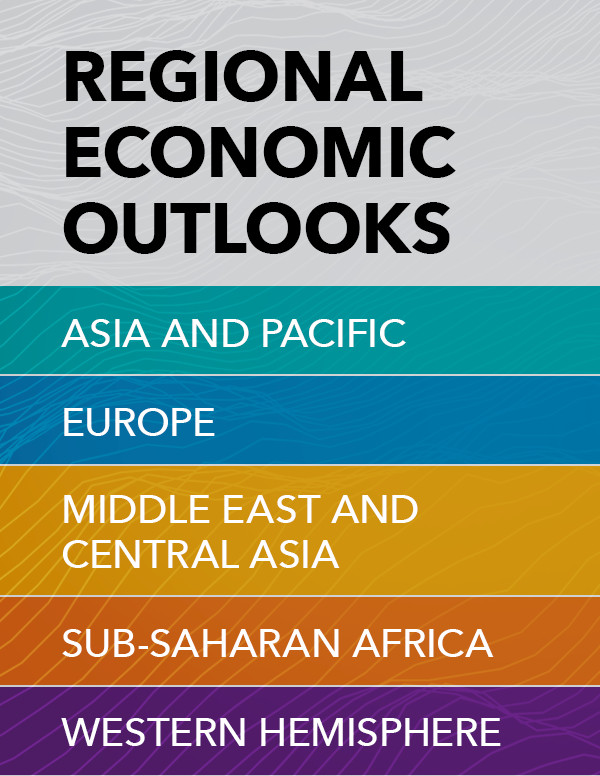
-
Regional Economic Outlooks
- Latest Issues




